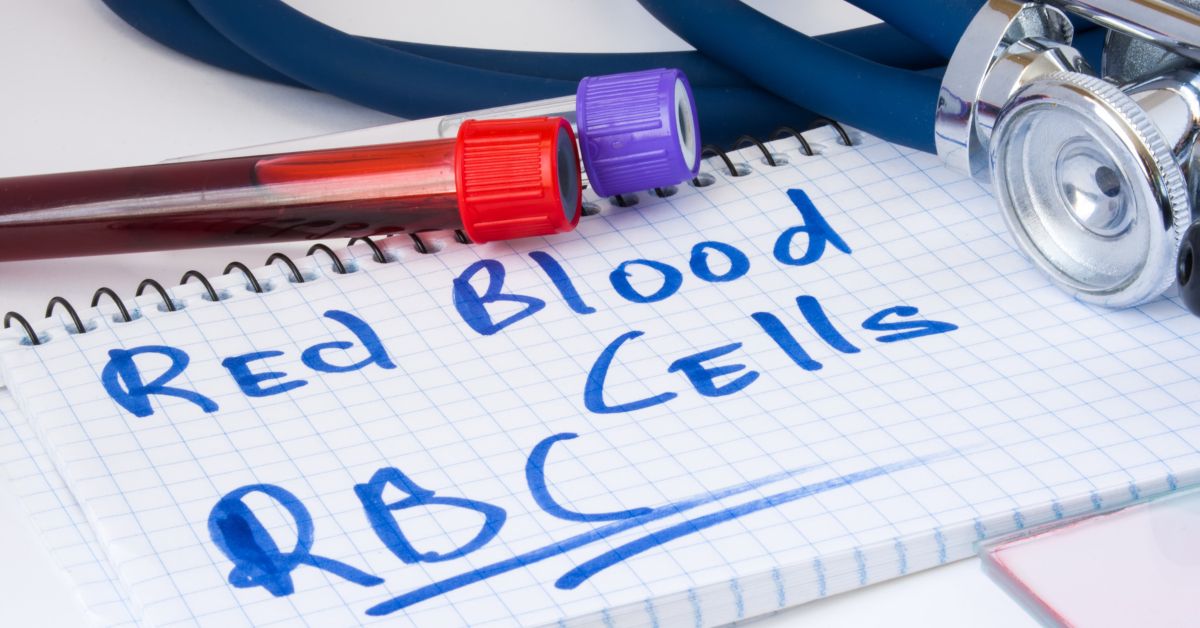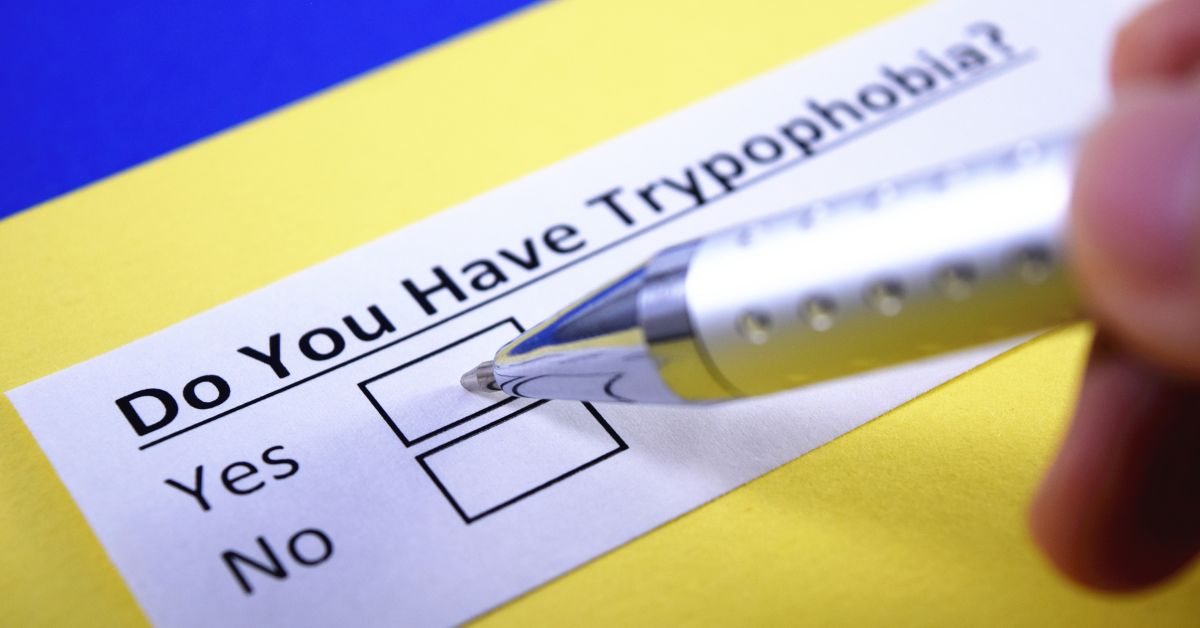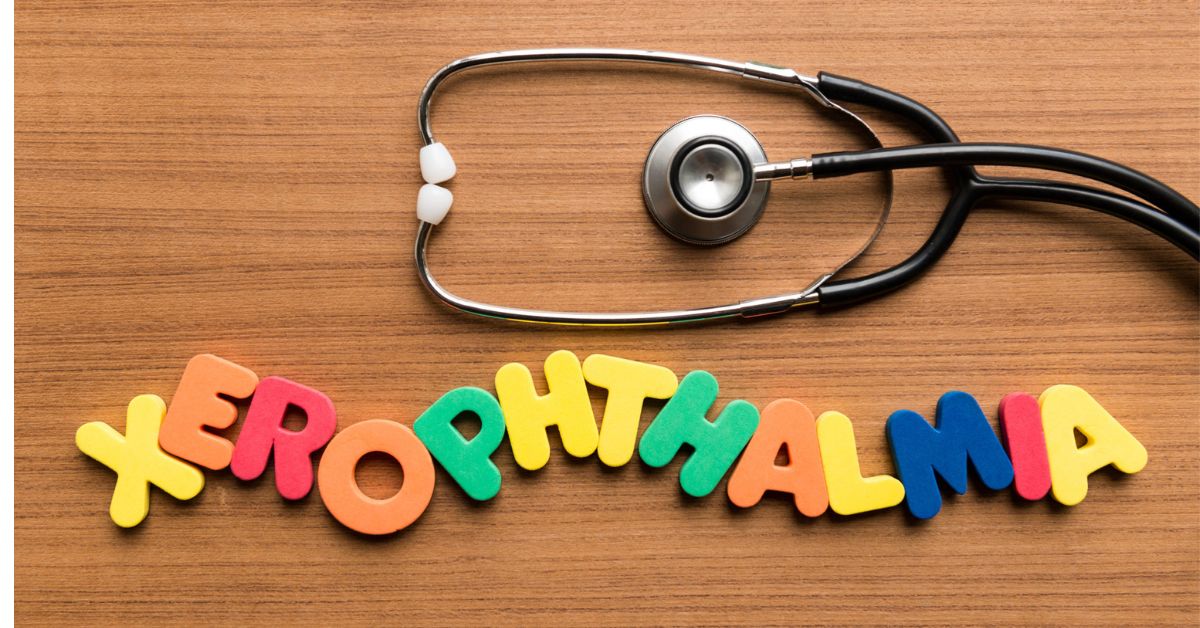Red Blood Cell Count High (RBC): Causes, Symptoms and Treatment


Red blood cells (RBCs) are the bright, red-colored cells of the blood. They are also called erythrocytes.
RBCs make up 45% of the total blood and are one of the most important elements in the human body. These blood cells are formed in the red bone marrow. They have a protein called Hemoglobin that transports oxygen from our lungs to all body organs and brings carbon dioxide back to lungs, which is then exhaled.
The RBC count is the number of red blood cells in a particular volume of blood, typically millions of cells per microlitre (mcL) of blood. The average numbers vary in men, women, and children and the standard ranges are:
- Children: 4.1 – 5.5 million/mcL
- Men: 4.7 – 6.1 million/mcL
- Women: 4.2 – 5.4 million/mcL
This article will focus on high red blood cell count or polycythemia.
What is High Red Blood Cell Count?
Polycythemia or high red blood cell count occurs when there is an increase in the number of RBCs in the blood over the above-mentioned values. Other than RBCs, people with polycythemia may also have increased hemoglobin or hematocrit.
When polycythemia is caused by problems in the process of RBC production, it’s called primary polycythemia.
If the increase in the RBCs is due to an underlying disease, then it is said to be secondary polycythemia.
Symptoms of High Red Blood Cell Count
Polycythemia does not always show symptoms, some people show no symptoms at all. Mostly, polycythemia itself is a symptom of an underlying disease. However, some of the most common symptoms of the condition are:
- Headaches
- Tiredness
- Blurry vision
- Shortness of breath
- Sleep disorders
- Itchy skin
- Tingling and/or numbness
- Joint pain
- Nosebleeds
At times, people with high red blood cell count do not develop any symptoms at all.
What causes high red blood cell count?
High red blood cell count can be a sign of a disorder or disease. However, it does not always mean that you have a health condition.
Medical conditions that may lead to an increase in red blood cells are:
- Congenital heart disease
- Lung disease like pulmonary fibrosis, Chronic Obstructive Pulmonary Disease, emphysema
- Kidney tumors
- Hypoxia
- Heart failure, causing low blood oxygen levels
- Polycythemia vera, a rare type blood cancer in which bone marrow produces too much red blood cells
- Sleep apnea
- Carbon monoxide exposure (usually related to smoking)
Lifestyle factors that cause high red blood cell count are:
- Living at a high altitude
- Smoking cigarettes.
- Consuming performance-enhancing drugs like anabolic steroids (for instance, synthetic testosterone) or erythropoietin
Some cancers can cause a high red blood cell count, such as:
- Renal cell carcinoma
- Polycythemia vera
- Hepatocellular carcinoma
When to See a Doctor?
Getting your RBCs checked is rarely a reason you would visit a doctor as there are hardly any symptoms that indicate a change in the concentration of our red blood cells. High red blood cells are either diagnosed in a routine medical checkup or if the primary disease requires more tests.
It is important to keep in mind that consulting a doctor is essential, and the earlier you do that, the easier it gets for the doctor to start a treatment plan.
Request an appointment at Apollo Hospitals
Prevention of High Red Blood Cell Count
Although polycythemia caused by an underlying disease cannot be prevented, it is possible to reduce the chances of primary polycythemia by following a healthy lifestyle. This includes :
- Quitting smoking
- Exercising regularly
- Drinking more water
- Reducing the intake of iron
- Consuming more vitamin B12
Treatment for High Red Blood Cell Count
The treatment is driven by the root cause. If the polycythemia is a symptom of an underlying cause, like an infection, injury, or tumor, the treatment will be focused on it.
Polycythemia resulting from an unhealthy lifestyle may not require medical treatment. Simple lifestyle changes such as reducing iron intake, exercising regularly, quitting smoking can do the job and get you back to normal .
Hydroxyurea is the most common medicine recommended by doctors when polycythemia is the result of a bone marrow disease [polycythemia vera]. Hydroxyurea slows down the production of red blood cells in the body. It is important to do frequent checkups so that the level does not go too low.
Another therapy for the condition is phlebotomy, through which the hematocrit level is reduced to normal levels by drawing blood out of the patient with a needle. Your doctor may draw out around 500 milliliters of blood in one visit.
Conclusion
Polycythemia or high red blood cell count is not a disease and may result from an unhealthy lifestyle or an underlying cause. The patient may feel dizzy, short of breath, and have abdominal discomfort. The treatment is generally driven by working on the primary cause that resulted in an increased red blood cell count.
Request an appointment at Apollo Hospitals
Frequently Asked Questions
1. Can eating certain foods help in reducing red blood cell count?
No. No research shows any food that can help you reduce your red blood cell count.
2. Does a high red blood cell count mean cancer?
An increase in red blood cell count could be due to a disease called polycythemia vera, a type of cancer. However, this disease is rare. Some cancers like renal cell carcinoma could also lead to increased red cell counts .
3. How to know whether you have a high red blood cell count if you don’t have any symptoms?
It is wise to get an annual checkup done even if you feel completely healthy. Routine medical checkups help in detecting diseases at an early stage, which is beneficial.
© Copyright 2024. Apollo Hospitals Group. All Rights Reserved.
 +91 8069991061
Book Health Check-up
+91 8069991061
Book Health Check-up







